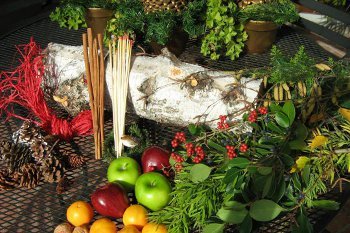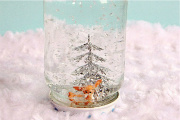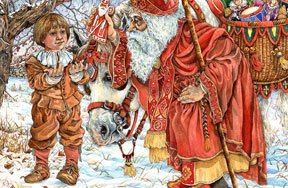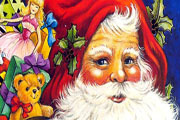Yule or Yuletime was originally an ancient pagan festival that revolved around the lunar calendar for many Germanic people. Yule was intended to cheerily mark the season of the winter solstice (the shortest day and longest night of the year!) This winter festival has lent many of its traditions to our modern celebrations of Christmas and many of the old traditions are still strongly observed in countries like Denmark.
What Do “Yule” Know?
Scholars believe that Yule is a much older holiday than Christmas, although for ancient Scandinavian, Nordic and Germanic people it was still a spiritual time associated with nature where they worshipped nature and hoped for good crops and peace during the year. Some people believe that Yule was connected to an Old Norse folklore called The Wild Hunt, where if the ghosts of huntsmen ride across the night sky and signal a possible plague or misfortune in the communities. Some ancient people also made offerings to the divine mothers, ancient goddesses in control of the crops.
 Some scholars say Yule is related to the Old Norse folktale "The Wild Hunt".
Some scholars say Yule is related to the Old Norse folktale "The Wild Hunt".
Yule celebrations typically started in late December and ran until early January. When the Christian calendar was adopted across Europe, it was placed in December 25th and is now considered an alternate way of referring to Christmas.
Yule the World
Even though the majority of people now celebrate Yule as a part of Christmas, there are still people across Europe who stick more closely to Yuletime traditions, and some modern Wiccans prefer to celebrate it as a non-Christian winter holiday.
 A traditional Yule log (which is also what the cake is based on).
A traditional Yule log (which is also what the cake is based on).
Traditions
- Eating a large meal with friends and family the evening before the big day (just like Christmas eve.) This often involves some more specific food, like a roast, a ham and rice pudding. In Denmark they make rice pudding with cherry sauce and hide an almond inside-finding the almond is lucky!
- A Yule log, or heavy piece of wood, is burned in the hearth. Yule log also refers to a type of seasonal cake that looks very similar to a dense piece of wood (but is much more delicious).
- In Finland there is a mythical figure similar to Santa Claus called Joulupukki, or “The Yule Goat”. This old Finnish tradition involves a man dressing in goat hides and going to different houses looking for good children and eating leftovers. He travels in a sleigh pulled by reindeer (sound familiar?)
- Children go house to house Yule singing (which has now turned into Christmas carolling) for treats like chocolate and oranges in the early days of December.
Have Your Say
What do you think of Yule? Let us know in the comments section below!




































